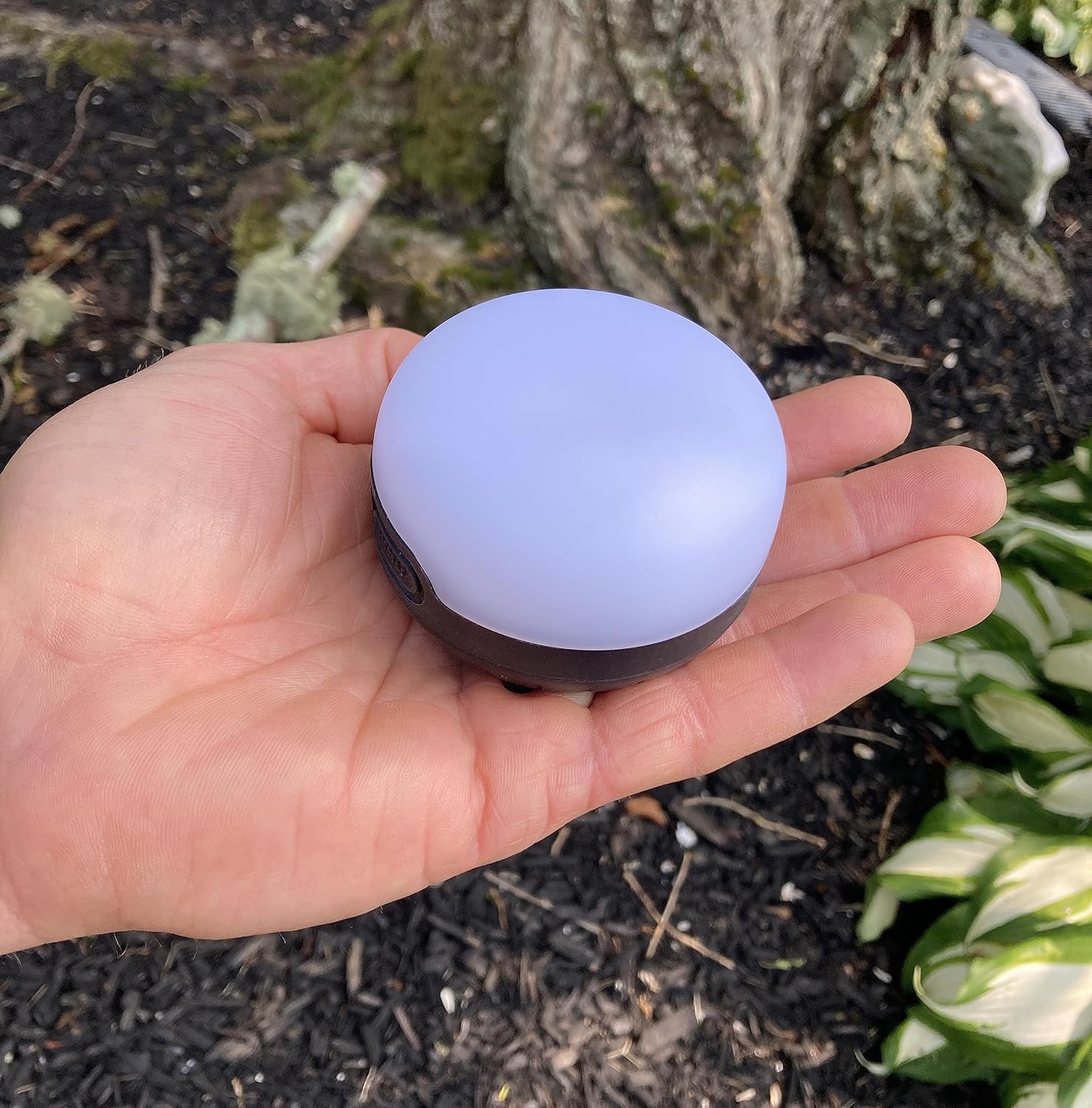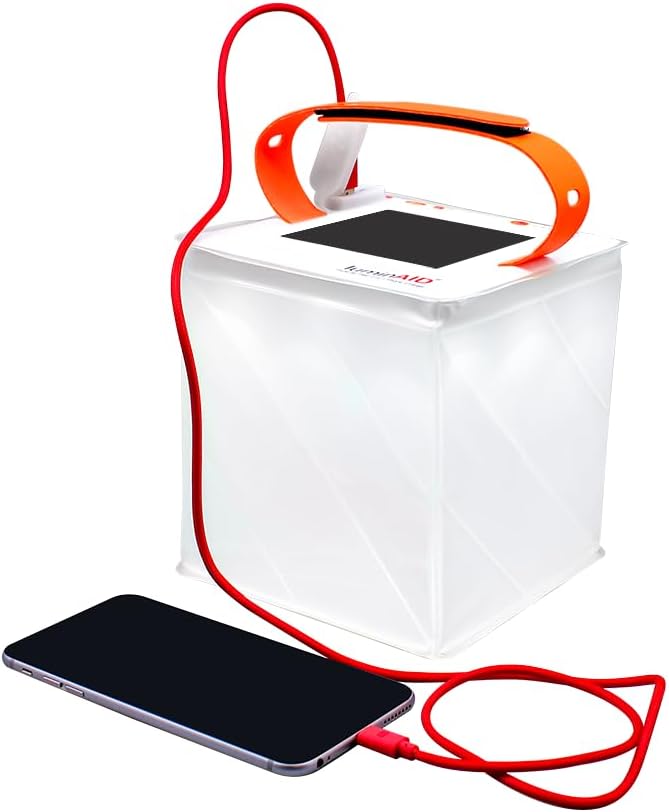<script type="text/javascript" src="http://classic.avantlink.com/affiliate_app_confirm.php?mode=js&authResponse=c4e13e1b9b5acdedad16d533a16f7bf0c234d607"></script>
<script type="text/javascript" src="http://classic.avantlink.com/affiliate_app_confirm.php?mode=js&authResponse=c4e13e1b9b5acdedad16d533a16f7bf0c234d607"></script>

Choosing between a solar lantern and a battery-powered lantern can make a big difference in how you light up your campsite. Both options have their own advantages and drawbacks, depending on your camping style, trip duration, and access to power sources.
In this guide, we’ll compare solar vs. battery-powered lanterns, breaking down their pros, cons, and best use cases to help you find the right lantern for your next outdoor adventure. If you’re looking for top-rated options, check out our Best Camping Lanterns of 2025 for expert recommendations.
| Feature | Solar Lanterns | Battery-Powered Lanterns |
|---|---|---|
| Power Source | Sunlight (rechargeable) | Disposable or rechargeable batteries |
| Charging Time | 6–12 hours (varies by sunlight availability) | Instant with fresh batteries |
| Runtime | Varies based on charge & sun exposure | Consistent, predictable runtime |
| Weight | Lightweight and compact | Slightly heavier with extra batteries |
| Best Use Case | Long trips with sun exposure | Reliable backup light source for any trip |
| Eco-Friendliness | Renewable energy source | Creates battery waste unless rechargeable |
🔹 Best for eco-conscious campers: Solar lanterns are a sustainable lighting solution that reduces battery waste.
A solar lantern harnesses energy from the sun and stores it in a built-in rechargeable battery, eliminating the need for disposable batteries.
🔹 Best for: Eco-conscious campers, backpackers, and off-grid adventurers.

👉 Pairs well with: Best Lightweight Backpacks of 2025 for ultralight hikers.
A battery-powered lantern runs on AA, AAA, or rechargeable batteries, offering consistent lighting regardless of weather conditions.
🔹 Best for: Reliable lighting in all weather conditions, emergency preparedness, and high-output lighting needs.

👉 Pairs well with: Best Rechargeable Headlamps of 2025 for hands-free lighting.
| Your Camping Style | Best Lantern Type |
|---|---|
| Eco-conscious, minimalist campers | Solar Lantern |
| Long backpacking trips | Solar Lantern (if sun exposure is available) |
| Cloudy weather or dense forests | Battery-Powered Lantern |
| Emergency preparedness | Battery-Powered Lantern |
| Bright, high-output lighting needs | Battery-Powered Lantern |
| Car camping or RV trips | Either, depending on preference |
🔹 Best for flexibility: A dual-power lantern (solar + rechargeable batteries) gives you the best of both worlds.
Which lasts longer: solar or battery-powered lanterns?
Can I charge a solar lantern without the sun?
Are solar camping lanterns worth it?
How many lumens do I need for camping?
Should I bring both types of lanterns?
Both solar and battery-powered lanterns have their advantages, but the best choice depends on your camping environment, energy needs, and budget.
Looking for top-rated lanterns? Check out our Best Camping Lanterns of 2025 for expert recommendations!